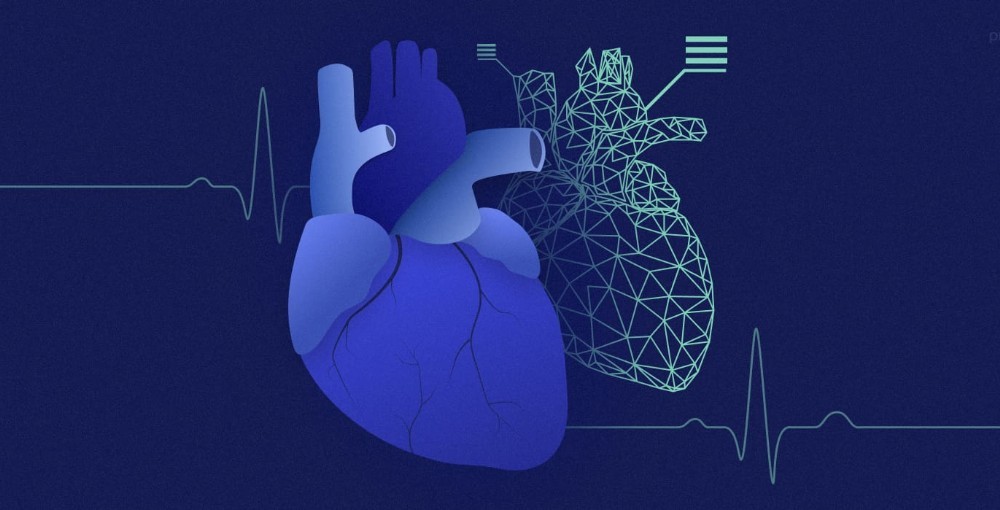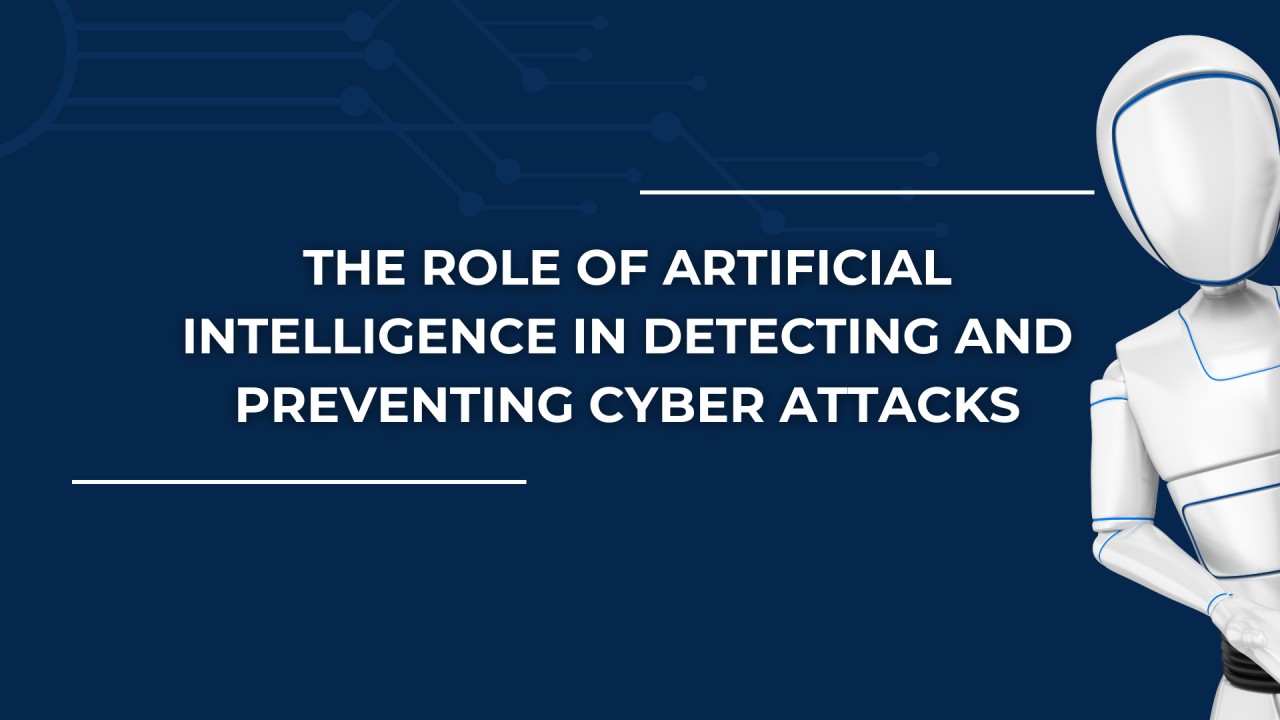The concept of digital twins has steadily gained traction across industries, but its emergence in healthcare marks a particularly transformative shift. Originally developed for engineering and manufacturing, digital twins are virtual replicas of physical systems that can simulate, predict, and optimize performance. In healthcare, this idea is being reimagined to represent individual patients, enabling clinicians and researchers to model biological processes, test treatment scenarios, and personalize care in ways that were previously unimaginable. The growth of digital twins in this sector is not just a technological evolution—it’s a redefinition of how we understand and manage human health.
At its core, a digital twin in healthcare is a dynamic, data-driven model of a person’s physiology. It integrates information from medical records, imaging, genomics, wearable devices, and even environmental factors to create a comprehensive simulation of the patient. This virtual counterpart can then be used to explore treatment options, predict disease progression, and identify potential complications before they arise. For example, a cardiologist might use a digital twin to simulate how a patient’s heart would respond to different medications or surgical interventions, allowing for more precise and informed decisions. The result is care that is not only personalized but also proactive.
The implications for business are significant. Healthcare providers, pharmaceutical companies, and technology firms are all investing in digital twin capabilities to improve outcomes and reduce costs. By enabling earlier diagnosis and more targeted therapies, digital twins can help avoid unnecessary procedures and hospitalizations. For insurers, this translates into lower risk and better resource allocation. For pharmaceutical companies, it opens new avenues for drug development and clinical trials. Instead of relying solely on population averages, researchers can test compounds on virtual models that reflect individual variability, accelerating discovery and minimizing adverse effects. This shift toward simulation-based research is poised to streamline the entire innovation pipeline.
One of the most compelling aspects of digital twins is their potential to bridge the gap between data and action. Healthcare generates vast amounts of information, but much of it remains siloed or underutilized. Digital twins offer a framework for integrating and interpreting this data in real time. Imagine a hospital system that uses digital twins to monitor patients continuously, adjusting treatment protocols as conditions evolve. Or a wellness platform that provides users with personalized recommendations based on simulations of their future health trajectory. These applications are not speculative—they are already being piloted in leading institutions and startups around the world.
However, the growth of digital twins in healthcare is not without challenges. Data privacy and security are paramount, especially when dealing with sensitive health information. Creating accurate and reliable models requires high-quality data and sophisticated algorithms, which can be resource-intensive. There are also ethical considerations around consent, transparency, and the potential for bias. If a digital twin suggests a particular course of action, who is responsible for the outcome? How do we ensure that simulations reflect diverse populations and do not reinforce existing disparities? These questions must be addressed as the technology matures and becomes more widely adopted.
Collaboration will be key to overcoming these hurdles. The development of digital twins requires input from clinicians, data scientists, engineers, ethicists, and patients themselves. It’s a multidisciplinary effort that demands shared standards, open dialogue, and a commitment to equity. Businesses that foster these collaborations will be better positioned to lead in this space. They will not only build more robust solutions but also earn the trust of stakeholders across the healthcare continuum. Trust, after all, is the currency of healthcare. Without it, even the most advanced technologies will struggle to gain traction.
Education and training are also essential. As digital twins become more integrated into clinical practice, healthcare professionals will need to understand how to interpret and apply simulation data. This requires new competencies and a shift in mindset—from treating symptoms to anticipating outcomes. Medical schools, continuing education programs, and professional societies must evolve to support this transition. For business leaders, investing in workforce development is not just a strategic move—it’s a moral imperative. Empowering clinicians to use digital twins effectively ensures that the technology fulfills its promise and delivers real value to patients.
Looking ahead, the growth of digital twins in healthcare signals a broader trend toward precision and personalization. It reflects a desire to move beyond reactive care and toward systems that are intelligent, adaptive, and deeply attuned to individual needs. For businesses, this is an invitation to innovate with purpose. It’s a chance to build tools that not only perform but also transform. Whether through partnerships, product development, or policy advocacy, the opportunity is clear: to help shape a future where healthcare is not just smarter, but more human. And in that future, digital twins will be more than models—they will be mirrors of possibility.





